Crypto Academy Week 15 - Homework Post for @alphafx|| Blockchain Scalability – A Comparison Between Bitcoin, BSC and Tron Networks
Good morning professor @alphafx and thank you for your lecture on scalability. I am excited to be part of it and I’m here to present my homework for the week.
For this homework, I will be looking at the following:
1.My transaction on BSC with screenshots
2.My transaction on Tron blockchain Using TronLink pro wallet with screenshots
3.Comparison of transactions on BSC and Tron blockchains with that of BTC blockchain in terms of speed and scalability.
4.What should be done to improve upon the scalability of BTC, BSC and Tron blockchains.
First, What Scalability means in blockchain technology
The word scalability means the ability of a blockchain to process and confirm multiple transactions within the shortest possible stipulated time, irrespective of the number of users. For instance, given one second, the amount of transactions that be successfully done in terms of sending and receiving is the measure of how scalable the blockchain is.
This is closely related with the speed of transaction. A blockchain that uses one second to process 20 transactions is more scalable that a blockchain using the same one second to process 7 transactions.
As the blockchain technology is massively adopted around the globe on daily basis, it becomes pertinent to ensure that transactions are not delayed due to poor scalability. Different blockchains have varying level of scalability and we are going to see this in the transactions between Tron, BSC and BTC.
Note: BSC means Binance Smart Chain and BTC means Bitcoin.
My transaction on BSC with screenshots
In order to illustrate this transaction, I sent BNB smart chain (BEP20) from my first wallet to my second wallet, all in Trust wallet. On trust wallet, it is possible to create multiply wallets in one app using android device.
I observed that it took 4 seconds to send 0.002 BNB to my second wallet. The 4 seconds is the time it tokk for it to be delivered in my second wallet. The transaction was done on 14:06:56 Nigerian time on May 24th, 2021. The token was delivered on 14:07:00 Nigerian time on same day. The screenshots are as follows:
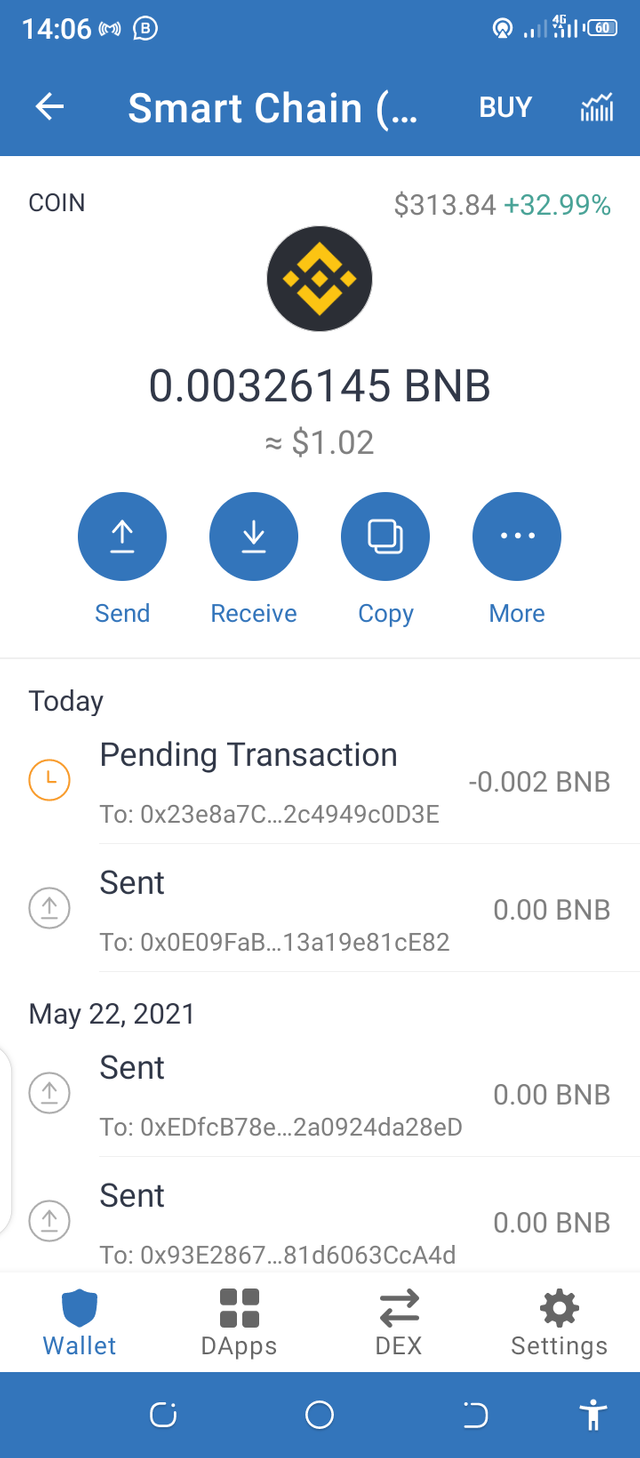
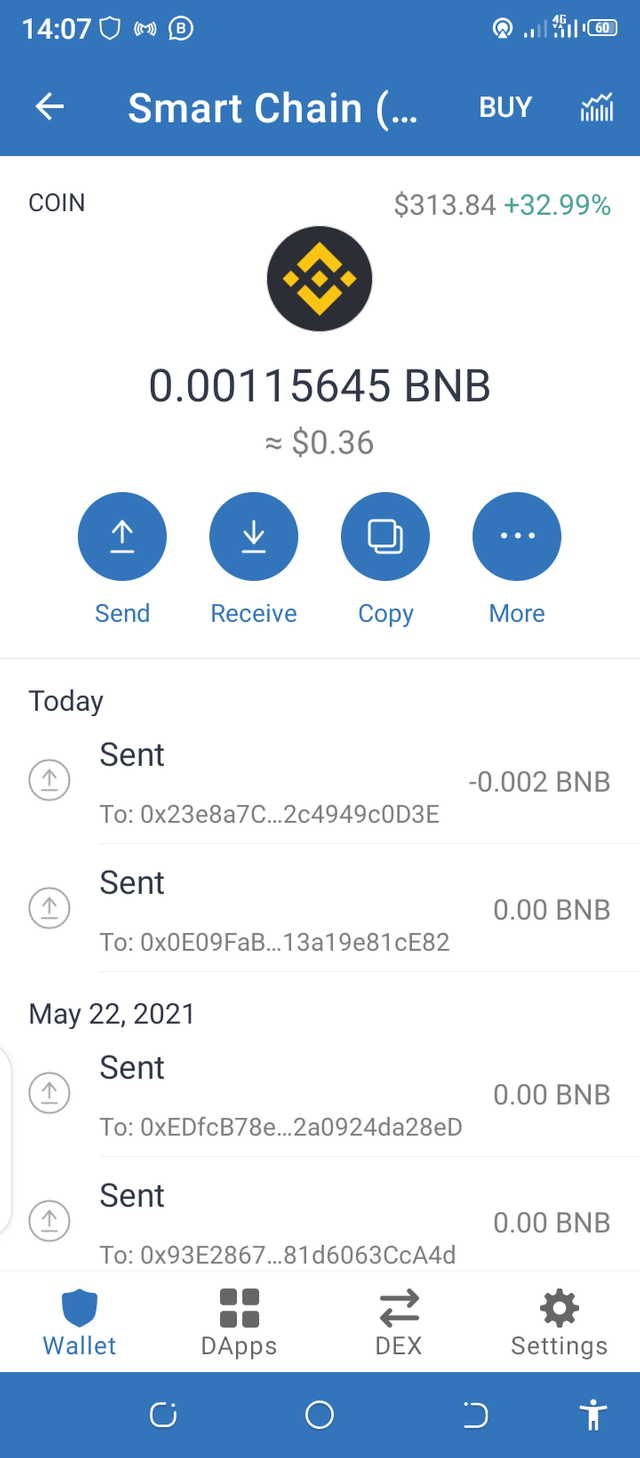
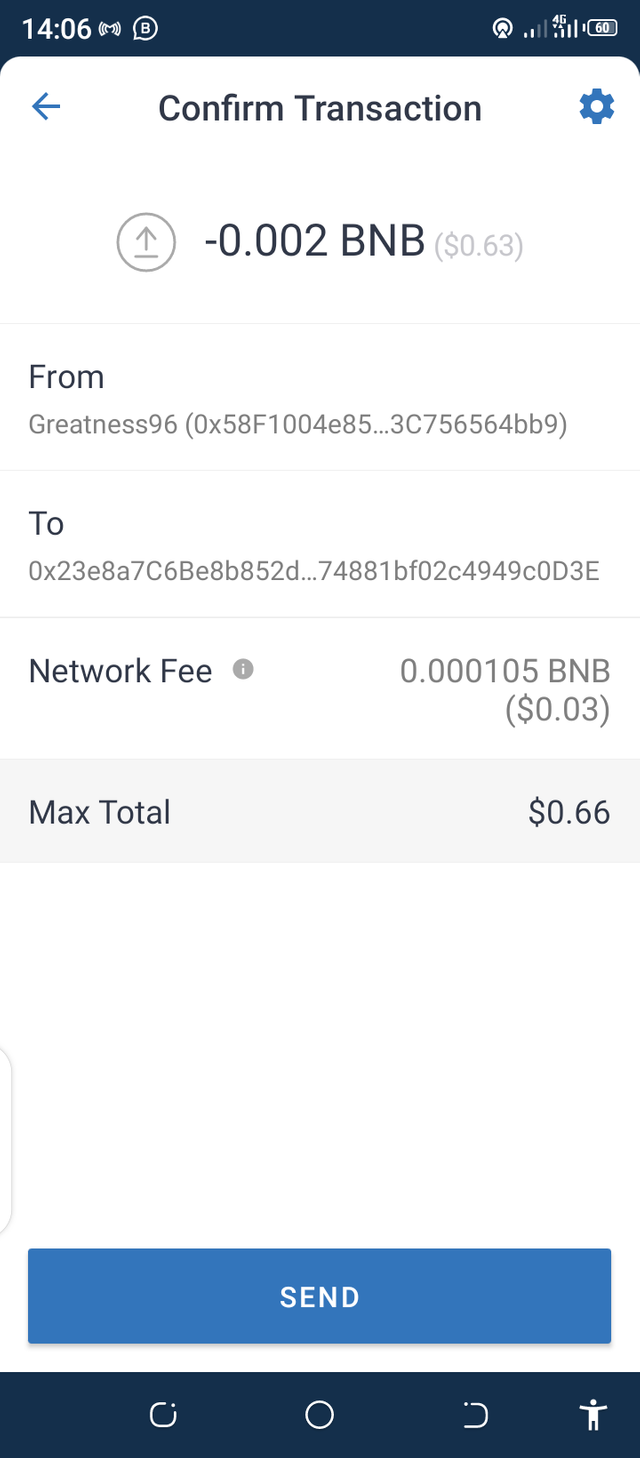
My transaction on Tron blockchain Using TronLink pro wallet with screenshots
I did a transfer of 15.298398 TRX from my first wallet to the second one on my TronLink pro wallet using my android phone.
From my observation, the transaction took 40 seconds to deliver. Although factors like internet connection could affect it from my end, but that’s what I observed. The screenshots are as seen below:
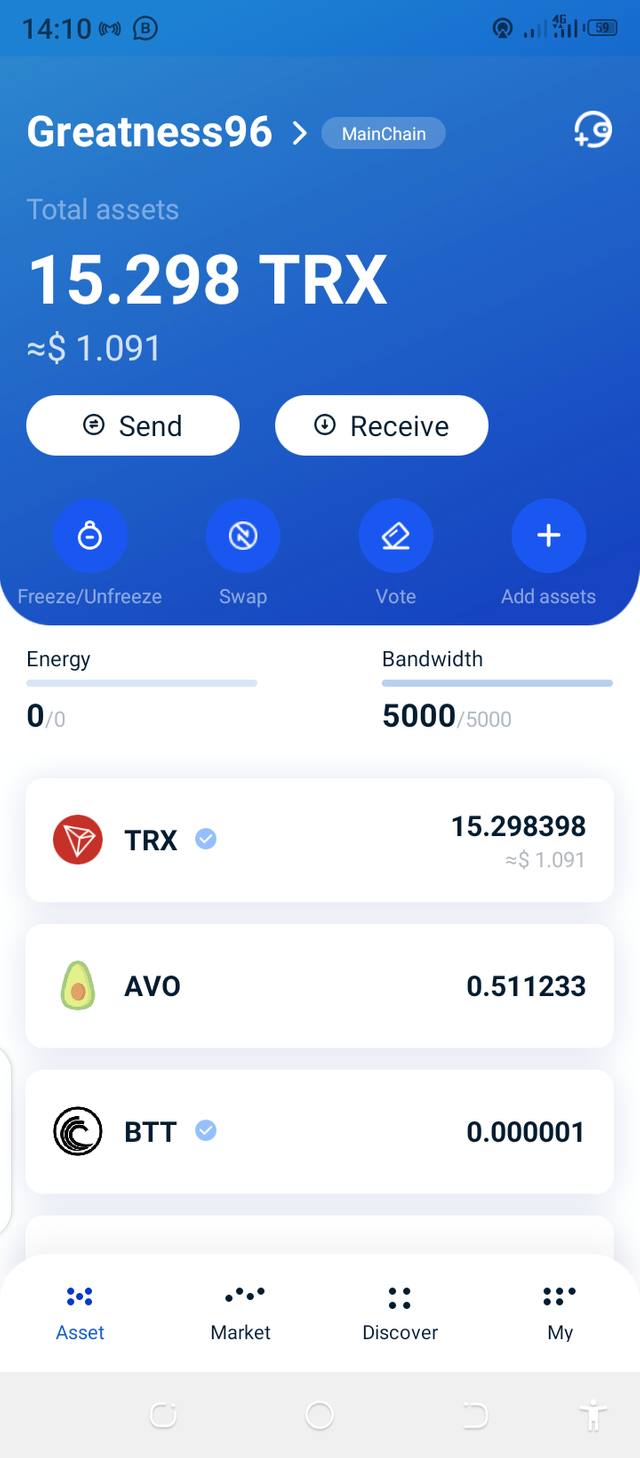
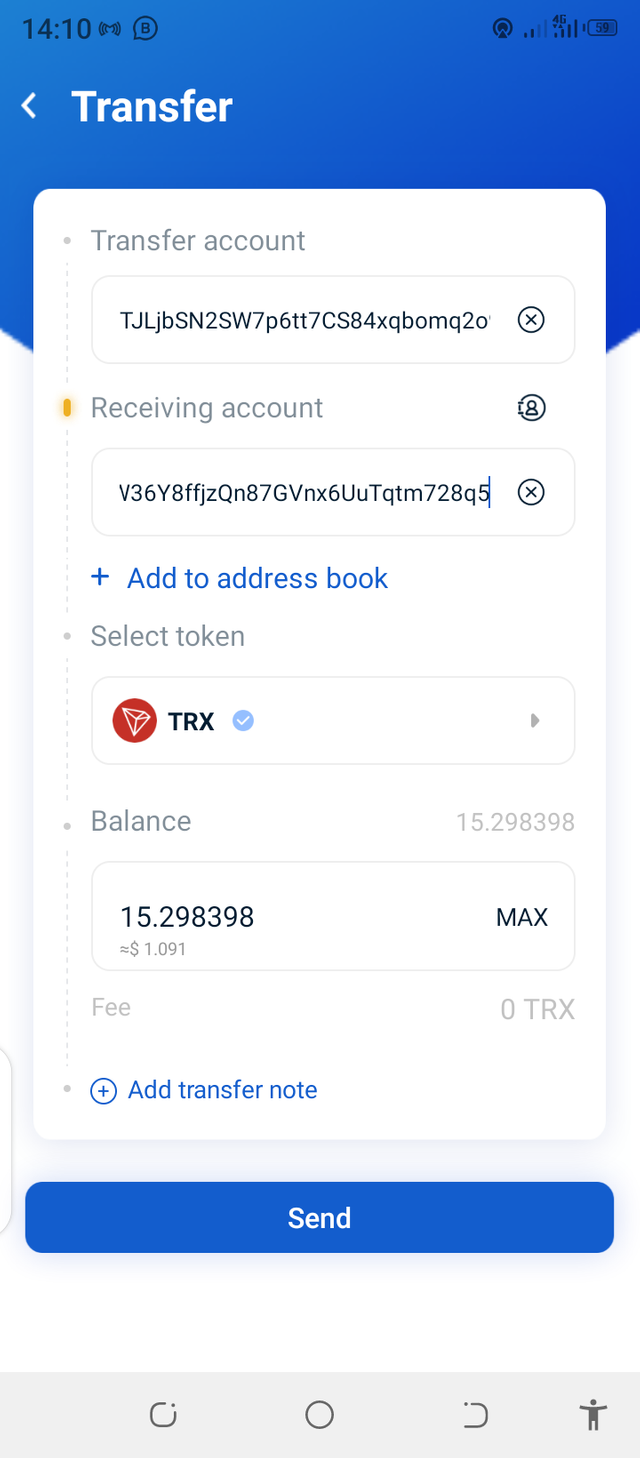
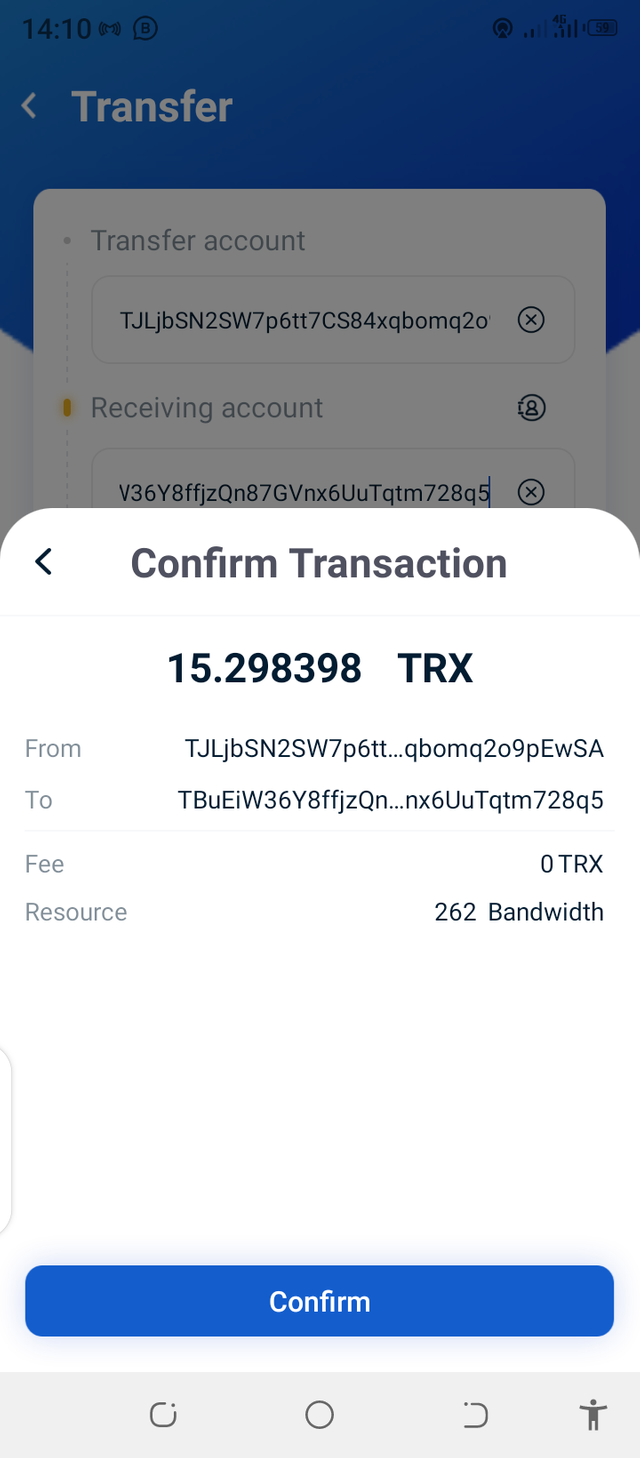

Comparison of transactions on BSC and Tron blockchains with that of BTC blockchain in terms of speed and scalability.
On BSC, it took me 4 seconds to complete a transaction, which means the speed is faster than Bitcoin because numerous transactions from other users must have taken place at the same time. For my transaction to go through within 4 seconds, it means the waiting time was not much considering that BNB BEP20 can process 1.4 million transactions per second (1.4 M TPS) – source
The Tron blockchain has 1.1 million transactions per second (1.1M TPS) –
source.
Comparing the two with Bitcoin which has only 5 TPS, It could be concluded that BSC and Tron networks are more scalable than Bitcoin network.
What should be done to improve upon the scalability of BTC, BSC and Tron blockchains.
In order to solve the scalability problems of these three blockchains, we look at the following:
Consensus Mechanism or Algorithm:
This means the technique through which transactions in a particular blockchain is propagated, validated and confirmed. To improve on the scalability of these blockchains, these techniques should be made to process faster. If the validation time is reduced on Bitcoin network, for instance, the speed of transaction will increase, thus a better scalability.
Latency of the Network: As transactions within the blockchain is sent to different nodes for validation, the network handling the effectiveness of the nodes should be improved upon.
Number of Nodes: The number of nodes on the network is important. The more the nodes, the more the amount of time needed for transactions to be processed. Thus, if the number of nodes in reduced, scalability can be improved.
Conclusion
Scalability remains a major concern for the blockchain technology. As the number of users continue to increase, measures should be taken to ensure scalability as well.
Thank you for reading.

You did not show proof of this
This should be in a day, not second.
Transactions were okay, not very illustrative, but were good. The comparison and solutions on the other hand lacked details. Your effort is appreciated, and I hope to see you put in more effort on subsequent work.
Thanks for participating